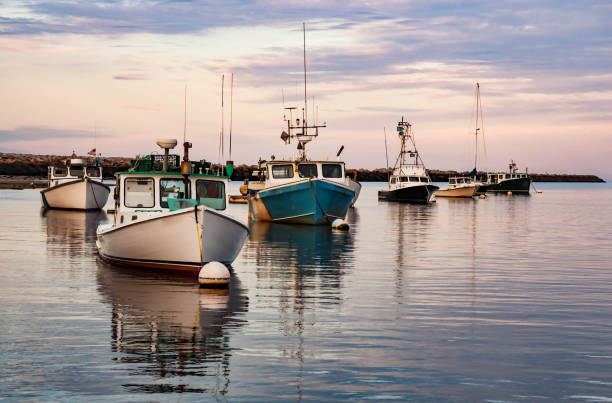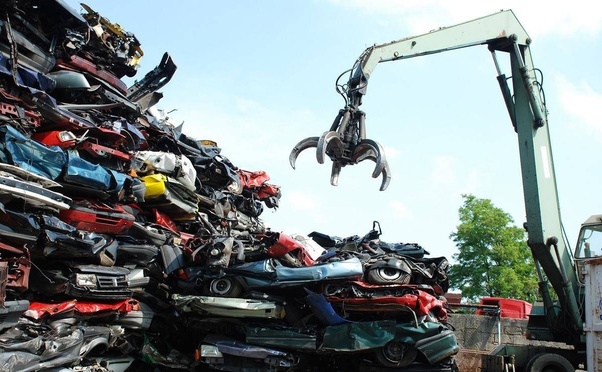India, located in the South of Asia, is home to many amazing destinations. Whether you are looking to see the Taj Mahal or hike through the Indian Himalayas, there is something for everyone. India is home to many wildlife and many national parks that you can visit if your goal is to see the elusive Tiger. This country should be on your bucket list.
These are 15 incredible facts about India you need to know before planning your next trip.
INDIA HAS THE THIRD-HIGHEST POPULATION IN WORLD
India has the second-highest global population, behind China. India is home to an estimated 1.3 billion people. The most populated cities are Delhi and Mumbai, with more than 10 million inhabitants.
India was the first country in developing countries to establish a family planning program in 1951. India’s population has quadrupled since then. According to the UN Department of Economic and Social Affairs, India’s population will reach 1.5 billion people by 2030 and 1.64 billion by 2050.
INDIA CONSIDERS COWS SACRED
Hinduism is the most important religion in India. This is why cows are sacred in this country. Hinduism considers cows sacred, and therefore they are respected, honoured, and protected. The Hindu Goddess Bhoomi, which represents Earth, is often depicted as a cow.
VARANASI CITY IS OBSERVED TO BE ONE OF THEO BEST LIVING CITIES IN THE WORLD
Varanasi, a city in Uttar Pradesh in India, is considered the spiritual capital of India and one of the oldest cities in all of Asia.
Varanasi, which has more than 1,000,000 people, dates back to 11BC. India’s oldest city is located on the Ganges River, where Hindu pilgrims travel to the holy water to bathe and perform traditional funerals. More than 2,000 temples along the river, including the famed Golden Temple. Varanasi was once a bustling city for trading. Today, it is a popular tourist destination that attracts millions of tourists from all over the globe every year.
INDIA HAS THE FAMOUS HOLI FESTIVAL
Holi Festival, a Hindu festival, is celebrated over two days. It was born in India and celebrated love and spring. Holi, which marks the end of winter and the beginning of spring, is most commonly celebrated in March.
People gather around a bonfire during Holi’s first day to celebrate the triumph of good over evil. Most people know the second day of Holi, which includes lots of water guns, balloons, perfume, and paint. These items are hurled at one another in the streets, creating a colour bloodbath. The Holi festival is known as “the festival of colours”. The festival celebrates both the Hindu god Krishna and Holika over the two days.
THE CHENAB BRIDG WILL BE THE HIGHEST IN THE WORLD AFTER IT IS FINISHED
The Chenab bridge crosses the river Chenab and is located in India’s Jammu and Kashmir regions. It is still being constructed, but it is expected to be completed by 2021.
The Chenab bridge’s total length will be 1,315m, and its height will be 359m. This will make it the longest railway bridge in the world. The Ministry of Indian Railways is undertaking the project, and it will cost approximately $92m.
INDIA HAS THE THIRD-HIGHEST WORLD BILLIONAIRES AMOUNT
India has a high level of wealth inequality. It was estimated that India’s richest 10% owned approximately 80.7% of its wealth in 2019, while the country’s top 1% earned 21% of its total income.
This is even more apparent when you consider that India has the third-highest number (after the USA and China) of billionaires worldwide. India boasts nearly 7,000 individuals of ultra-high net worth with assets exceeding $30m and approximately 140 billionaires.
INDIA HAS THE WETTEST INHABITED PLACE ON EARTH
Meghalaya, located in Northeast India, is home to some of the wettest places on Earth. Mawsynram receives an average of 12,000mm (470in) of rain per year. This is almost 33mm per day.
Because it is so humid here, people who work outside tend to use full-body umbrellas made of bamboo and banana leaf.
INDIA IS THE ORIGINATOR OF THE GAME “SNAKES AND LADERS”.
Ancient India originated the board game “snakes & ladders”. Mokshapat or Moksha Patamau was the original name for this game. Although it is believed the game was invented in the 2nd century BC, it is not certain who created it.
According to historians, it was designed to teach children morals and lessons about karma. The squares at the beginning of the ladders were thought to be squares representing virtue. Squares with a snake’s head on them were believed to be squares representing evil. The original Hindu game saw snakes outnumbering ladders.
The game was translated into English and returned to England in the colonial era of the 19th century. Modifications were made to the game, including removing moral elements and equalising the number of snakes and ladders. The game was renamed “snakes-and- ladders” or “chutes and ladders” in the USA.
INDIA, ACCORDING TO 70% OF THE WORLD’S SPICES,
Spices are a plant substance used primarily to colour food or make it more flavorful. India has a lot of spices that are used in their delicious curry recipes. This is likely why this cuisine is so well-known around the world.
India is home to 70% of all the world’s spices, which is quite remarkable! Black pepper, cinnamon and ginger are some of the most sought-after spices.
A FAMOUS GLACIAL LAKE IS AVAILABLE
Roopkund lake is located in Uttarakhand at the base of Trisul, which is a grouping of three Himalayan summits. It is 5,029m above sea level. The lake has earned the nickname “the lake of skeletons”.
In 1942, while a British forest ranger patrolled the area, he found hundreds of human bones. There are approximately 600 to 800 skeletons that have been discovered here. The lake is frozen most of the year. Only when the snow melts do the skeletons begin to become visible.
Scientists discovered that some of these skeletons are over 1,200 years old after carbon dating the remains. Stranger still, some of the deaths of skeletons can be separated by up to 1,000 years. This means that a single catastrophe could not have caused their deaths. It is currently unknown why these people died at different times. The mystery of the ‘lake of skeletons’ remains.







